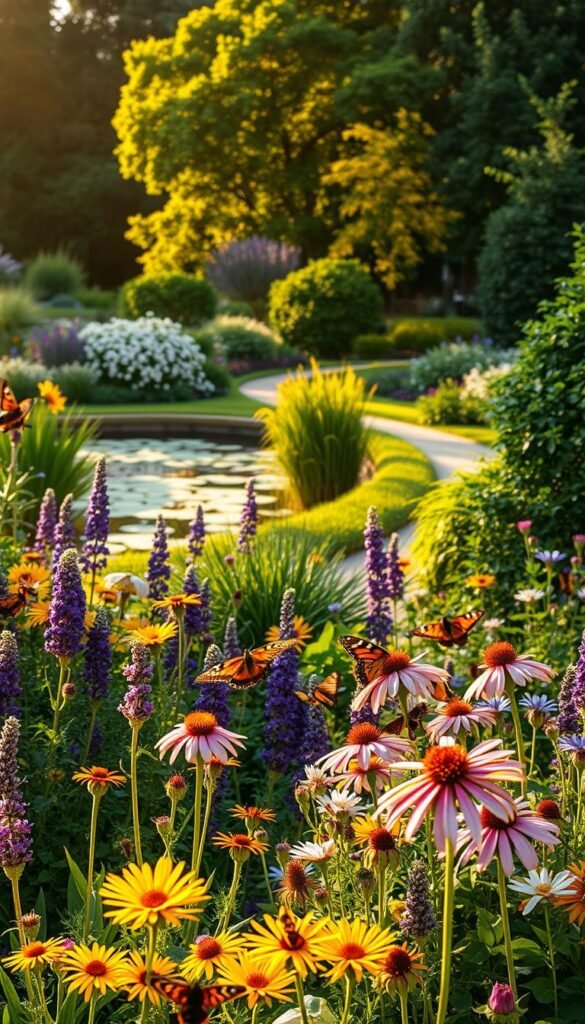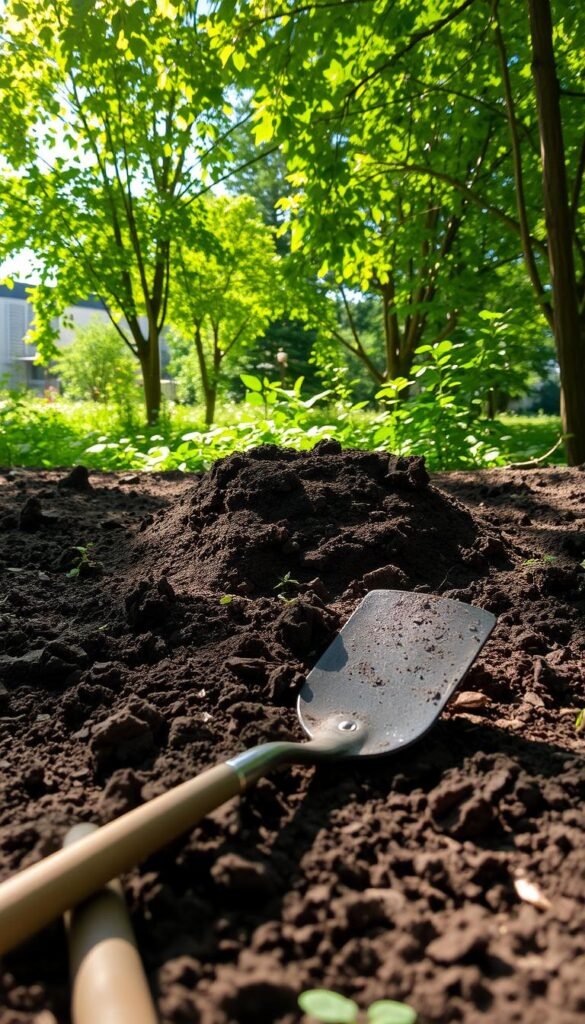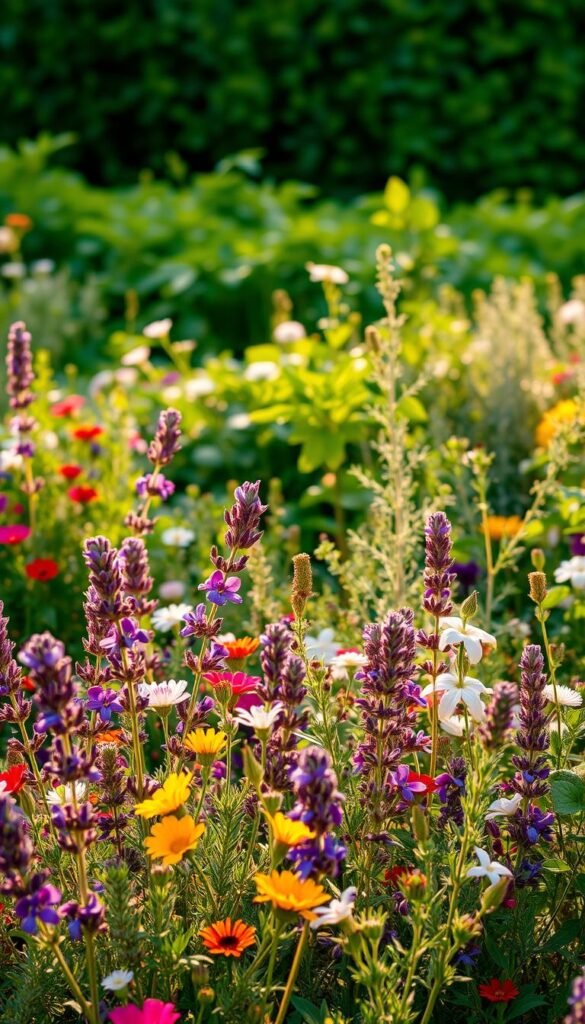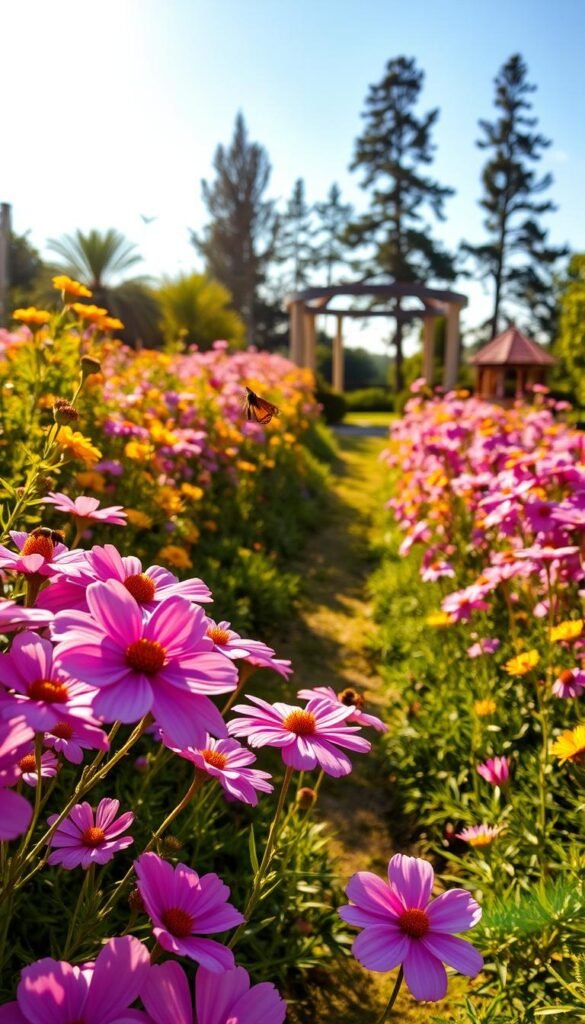Your backyard holds untapped potential to become a living sanctuary teeming with color, texture, and captivating scents. By blending aromatic blooms with strategic design, you can transform ordinary green spaces into multisensory retreats that benefit both people and local ecosystems.
Imagine stepping outside to a symphony of lavender’s calming aroma or the citrusy zest of blooming mock orange. These natural perfumes do more than delight your senses—they act as powerful invitations for bees, butterflies, and hummingbirds. Research shows gardens with five or more flower varieties host four times more wildlife, making scent-focused planting a smart ecological choice.
Beyond their beauty, fragrant gardens offer therapeutic benefits. The same essential oils that create enchanting smells can reduce stress and improve mood. Pair these aromatic powerhouses with native plants known to support 29 times more soil microbes than non-natives, and you create a self-sustaining habitat.
This approach lets you design living art that changes with the seasons—spring’s lilacs making way for summer’s jasmine, followed by autumn’s sweet osmanthus. Each plant becomes a building block for biodiversity while creating private moments of connection with nature.
Getting Started with Your Sensory Garden

Imagine a garden that delights your senses while nurturing local wildlife. Through thoughtful plant selection, you’ll create spaces where aromas and ecological benefits work together seamlessly.
Exploring the Benefits of a Fragrant Garden
Sweet-smelling blooms do more than please your nose. Their essential oils naturally purify the air, while their therapeutic scents can lower heart rates by 4-8% according to recent studies. Place seating areas near jasmine or lavender for instant stress relief.
Understanding Pollinator Roles and Ecosystem Impact
Bees handle 75% of crop pollination, making them indispensable partners. Butterflies prefer flat blooms like zinnias, while hummingbirds seek trumpet-shaped flowers. These visitors boost your garden’s productivity and year-round color.
| Pollinator | Favorite Flowers | Key Contribution |
|---|---|---|
| Honeybees | Sunflowers, Sage | Essential for fruit production |
| Monarch Butterflies | Milkweed, Coneflowers | Long-distance pollen carriers |
| Ruby-Throated Hummingbirds | Bee Balm, Columbine | Spread pollen up to 1 mile daily |
Night-blooming plants like moonflowers create after-dark magic. Their intense evening fragrance attracts moths, completing your garden’s 24-hour support system for local biodiversity.
Designing Your Garden Space: Soil, Water, and Planting Tips

Transform your outdoor area into a thriving ecosystem by focusing on three core elements. The right foundation helps aromatic blooms flourish while supporting local wildlife through every season.
Preparing the Ideal Environment
Start with nutrient-rich soil mixed with compost or aged manure. Most fragrant flowering plants prefer slightly acidic conditions—test your dirt’s pH and adjust to 6.0-6.8 using coffee grounds or lime.
Leave 12-18 inches between garden plants for air flow. This spacing prevents mold and lets roots access nutrients without competition. Raised beds improve drainage in clay-heavy areas.
Watering and Plant Care
Morning watering reduces evaporation and fungal risks. Soak roots deeply twice weekly rather than daily sprinkles. Prune dead branches in winter and trim spent blooms in spring for continuous color.
Combat pest control challenges with neem oil sprays. They deter aphids without harming bees visiting your lavender or phlox. Handpick caterpillars during evening checks.
Working With Nature
Native species like bee balm thrive in local conditions and support 4x more pollinators. Pair them with companion plants—marigolds repel nematodes near roses, while basil enhances tomato growth nearby.
Mulch around new planting areas to retain moisture through summer heat. This simple step keeps soil temperatures stable and reduces watering needs by 30%.
Creating a Scented Flower Garden: Fragrant Plants That Attract Pollinators

Transform your space into a fragrant oasis that delights the senses and supports local wildlife. The right mix of herbs, flowers, and shrubs creates layered scents while feeding essential pollinators.
Selecting Herbs, Landscape Plants, and Flowers for Fragrance
Start with rosemary and thyme—these hardy herbs offer aromatic groundcover and insect-repelling properties. Lavender and lemon verbena add height as flowering shrubs, their oils naturally deterring pests. For small spaces, mint and oregano thrive in container gardens, while salvias and agastache provide striking blooms with fragrant foliage.
Vertical spaces come alive with jasmine or honeysuckle vines, their sweet perfumes intensifying at dusk. Don’t overlook citrus trees—their spring blossoms attract bees while yielding fresh fruit. Winter gardens gain charm from paperwhites, whose intense fragrance peaks during cooler months.
Choosing Plants That Draw Bees, Butterflies, and Hummingbirds
Match bloom features to pollinator preferences. Bees seek yellow flowers with exposed pollen centers, like sunflowers. Butterflies favor clustered blooms such as phlox, while hummingbirds dart to tubular shapes in warm hues.
| Pollinator | Preferred Flowers | Color Attraction | Fragrance Profile |
|---|---|---|---|
| Honeybees | Lavender, Sunflowers | Yellow, Blue | Herbal, Earthy |
| Monarchs | Milkweed, Phlox | Orange, Purple | Sweet, Mild |
| Hummingbirds | Trumpet Vine, Bee Balm | Red, Coral | Fruity, Spicy |
By combining scent-focused planting with strategic design, you’ll create a vibrant ecosystem that nourishes both people and pollinators through every season.
Bringing It All Together for Your Dream Garden
Crafting your perfect outdoor space becomes effortless when you let nature guide the design. Start by mixing flower shapes and scents to appeal to diverse visitors—bees flock to sunny marigolds, while butterflies linger on clustered phlox. Include fragrant plant varieties like lilacs and jasmine to keep your air fresh from spring through fall.
Keep blooms coming year-round with smart plant choices. Early-blooming hyacinths feed hungry bees after winter, while late-season asters fuel migrating monarchs. Group flowers in colorful bunches of 3-5 plants—this “target practice” helps pollinators spot food faster.
Ditch chemicals and try organic fixes instead. A shallow water dish with pebbles becomes a lifeline for thirsty insects, while bare soil patches offer nesting spots. For extra impact, adopt pollinator-friendly practices like leaving leaf piles for shelter.
Your efforts do more than create beauty—they build living networks. Each scented bloom strengthens local biodiversity, turning your yard into a thriving habitat. Watch as birds join butterflies in this scented sanctuary, proving that small changes really do grow something extraordinary.






